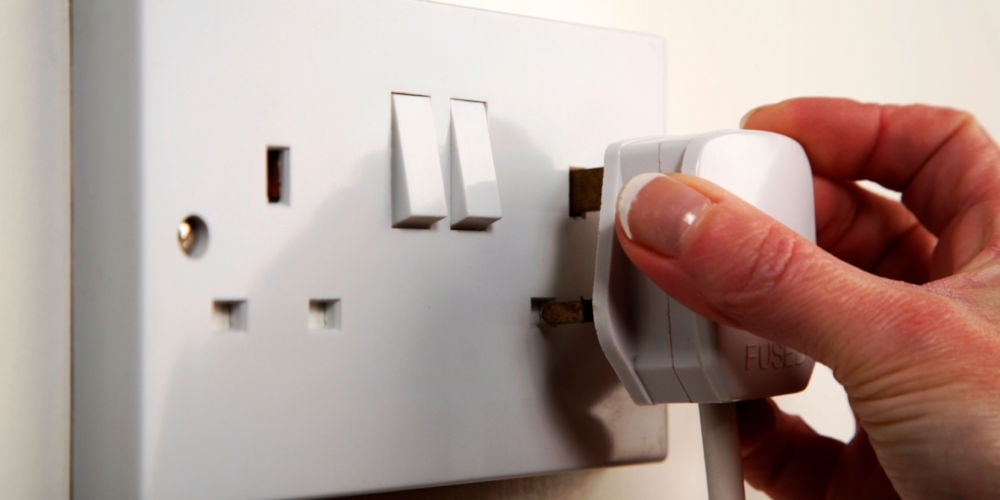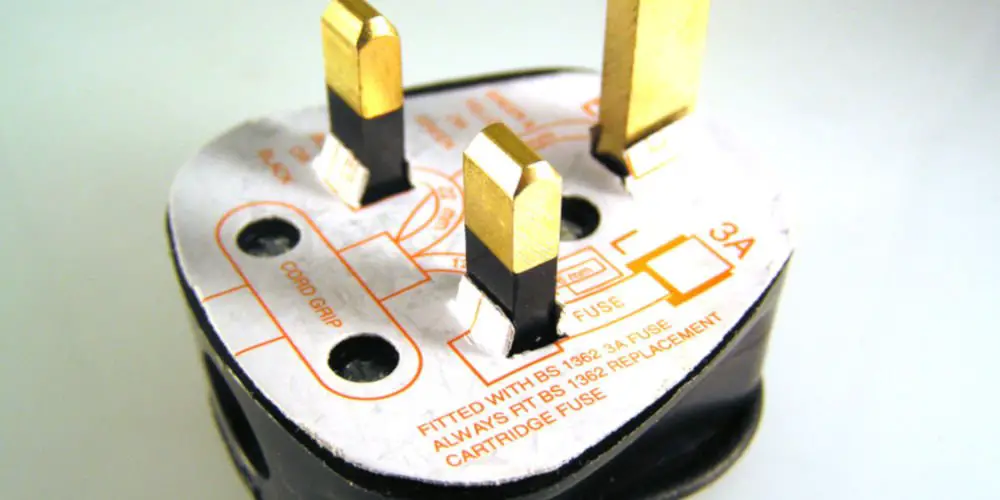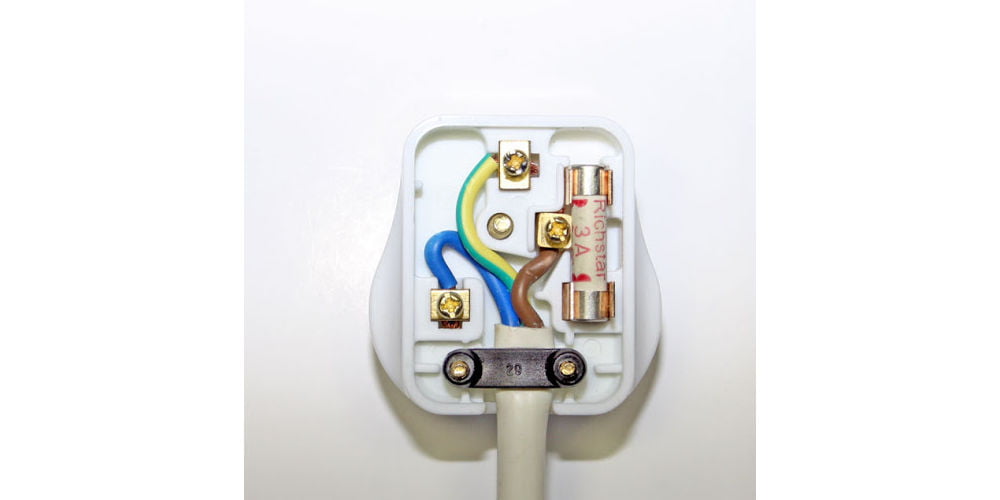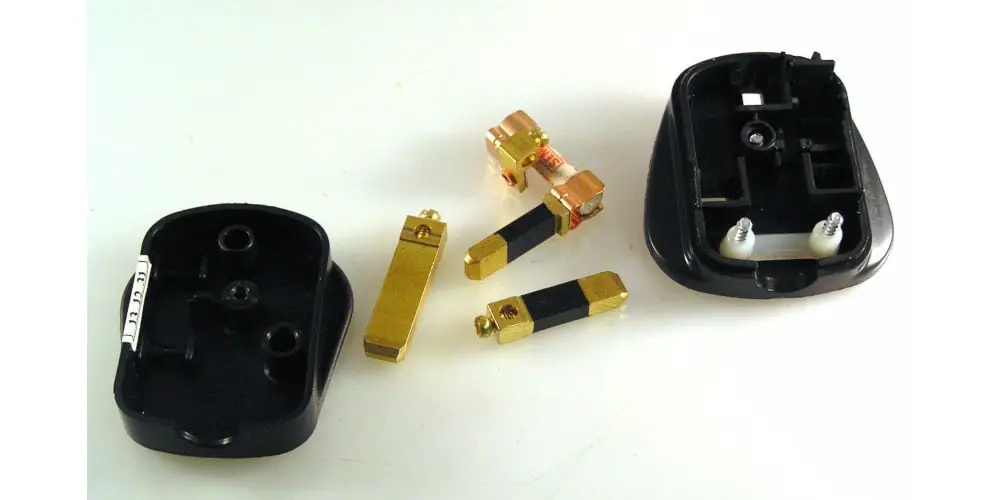How to safely and quickly wire a UK plug in 8 steps

Whether you’ve blown a fuse or accidentally cut the end of a plug, learning to safely wire a UK plug is a good DIY skill to have. Thankfully it isn’t difficult but does require some focus to ensure you complete the task safely.
What do you need to wire a UK plug?
- Plug with appropriate fuse
- Flat head screwdriver
- Wire cutter or sharp scissors to trim wires
Safety first
Before you attempt to wire a UK plug, disconnect it from the power outlet. Do not insert the re-wired plug into a power outlet until you’ve completed all checks and have securely tightened the cover.
We recommend seeking the services of a professional tradesperson if you’re not entirely comfortable carrying out repairs or maintenance by yourself.

Rewiring a plug step by step
1. Unscrew plug cover
Start by unscrewing the cover by loosening the screw in the middle of the plug. You’ll also want to loosen the smaller cable grip/flex clamp screws.
2. Remove fuse
Next, carefully remove the fuse. Some like to use a flat head screwdriver to lift the fuse. Slot any loose terminals back into place, ensuring all are in good repair.
3. Insert cable in the plug
Lay the cable in the plug so that it fills the length. Next cut about 4cm of the outer insulation off, exposing the wires. Any more and you might end up creating a bad joint when the cable grip is replaced.
4. Strip wires
You need to strip about 1 cm of the plastic sheath of each wire by using either wire cutters or scissors. These bare wires are now long enough to comfortably fit into the terminals.
Ensure you don’t damage or cut the wire strands. Twist the strands of each wire together.

5. Where the wires go
- Green/yellow wire to the earth terminal (E) – Top
- Blue wire to neutral terminal (N) – Left
- Brown wire to live terminal (L) – Right
Please note: Some appliances only have a two-core flex with a live wire and neutral wire. These double-insulated appliances do not require an earth.
6. Replace fuse
With the wires neatly in their correct terminals and screwed in place, it’s worth checking you’re using the right fuse. You should always use the fuse rating recommended by the manufacturer.
If the original fuse size is unknown, the recommended method is to use the 700W rule. For appliances below 700W, generally, a 3A fuse is ideal. Above 700W, you should use a 13A fuse.
The appliance should have its maximum power consumption in WATTS (W) marked on the rating plate/label.
7. Fit cable clamp and tighten screws
Before screwing wire into terminals, replace the cable clamp over the thick outer insulation. Tighten the cable clamp’s screw, securing the flex in place. Ensure there are no stray wire strands.
If the wires are very thin, you can fold them over to create a more substantial wire. Next, place each wire into its terminal and tighten the screw ensuring a firm connection. As loose screws can cause overheating, it’s worth checking that they are tightened.
8. Safety checks
- Ensure the right wire is connected to the correct terminal
- Remove any errant wires
- Ensure the flex clamp secures the outer cable rather than the thinner wires. If not, the wires may come loose
- Tighten all screws
- Attach the right fuse for the appliance. Check the manual if unsure.
- Replace the cover and secure

How to rewire older plugs
You might find that older household appliances use different coloured wires. If this is the case, then the green should connect to the earth, the red to live and the black to neutral. It’s worth taking a little more time when trying to wire a UK plug on an older applicance.
Why are UK plugs bigger than USA or EU ones?
According to the BBC’s Science Focus Magazine, after World War Two, with house building at a record high, Britain was facing a copper shortage. So a new way had to be found to wire homes which used less cable.
Traditionally each mains socket was hard-wired into the fuse board. As you can imagine, this involved using miles of cables and is pretty inefficient. So, Britain adopted the ring main system. Each socket is connected sequentially.
However, each connection needed its own fuse. Instead of putting the fuses in the sockets, they were included in the plugs themselves. Hence the UK’s bigger plugs.




